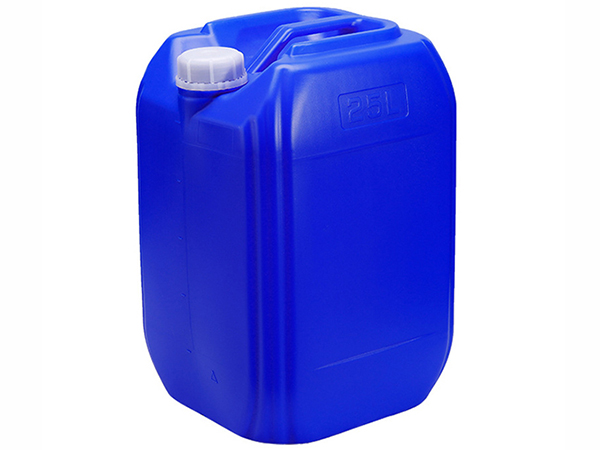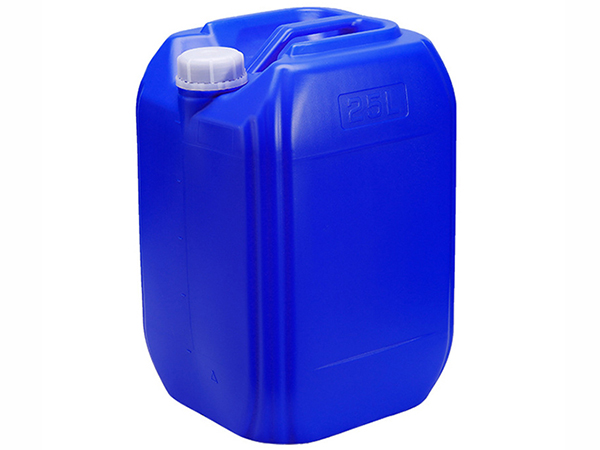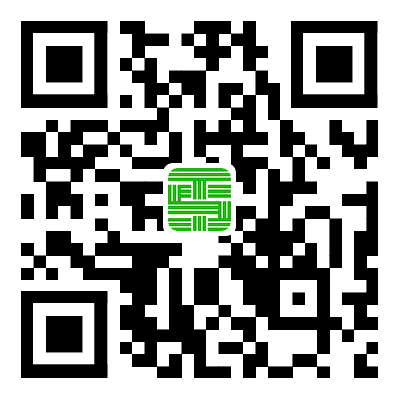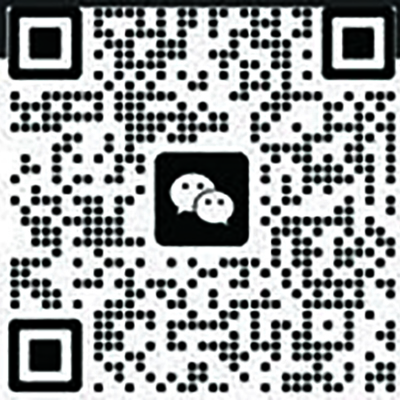
Pigment printing is a method of mechanically fixing insoluble pigments onto fibers using adhesives
Adhesive is a film-forming polymer material, which is one of the main components of pigment printing. It is formed by polymerization of monomers. It exists in the printing paste as a liquid or fine powder phase, and is evaporated by heating, solvents or other solutions. Under the action of crosslinking agents, it polymerizes to form a strong film, fixing the coating to the fibers

It can be seen that the fastness of pigment printing is mainly determined by the adhesive. As an adhesive for pigment printing, pigment printing additives should have high adhesion, good safety, sun resistance, aging resistance, solvent resistance, acid resistance, and reduction resistance. They should be stable to chemical agents, have clear and transparent film formation, do not change color after printing, and do not damage fibers. It is elastic and has little impact on the texture of the fabric. It has the characteristic of easy removal from the printing equipment
Generally speaking, a single resin cannot fully meet the various requirements mentioned above, and two or more resins need to be used together to complement each other's strengths and weaknesses
(1) Screen printing adhesives and pigment printing adhesives are stable lotion copolymerized by butyl acrylate and methyl methacrylate. The difference between them is the monomer ratio. The ratio of screen printing adhesive is: butyl acrylate 70%, methyl methacrylate 26%, and acrylamide 4%. Methyl methacrylate and acrylamide in pigment printing adhesives are both higher than the former
Copolymers of butyl acrylate and acrylic wax are also used as binder for pigment printing or screen printing. Coating auxiliaries can also be used together with other binders as film forming agents for pigment printing. They are also a kind of copolymer lotion. It is suitable for white and light colored pigment printing adhesives, and is more suitable for fluorescent pigment printing adhesives
A copolymer of butyl acrylate, methacrylic acid, and hydroxymethylacrylamide crosslinked printing adhesive. Used as a polyester/cotton printing adhesive. Butyl acrylate is copolymerized with acrylonitrile, and the copolymerization system uses hydroxymethylacrylamide as the crosslinking agent. The appearance is a blue fluorescent milky white lotion. It is a newer binder for pigment printing, and can obtain better fastness and soft hand feel
The general synthesis method of adhesives based on chitin is to mix chitin, water, glacial acetic acid, and emulsifier evenly, and then use styrene butadiene emulsion to make slurry under stirring. Generally, chitin only accounts for 1/15 of the amount of styrene butadiene latex. Suitable as a pigment printing adhesive for fibers such as cotton, viscose, silk, polyester, nylon, and their blends
Commonly used thickeners include
① Thickener PAS, composed of a copolymer of acrylic acid and methacrylic acid and a copolymer of styrene and butyl acrylate, can be used to adjust the thickness of printing paste
② Thickener PA, a copolymer of acrylic acid and methacrylic acid cross-linked with diallyl phthalate, is used to replace natural paste in partially dispersed dye printing
About
Brief introduction Application Certificate Laboratory Connectproduct
Post finishing agent Enzymatic water Brightener Printing/Coating Additives MoreNews
Dynamic Lnformation Common
Mobile website

TRL:+86 0769-88124837
Chinese mailbox:dgtshdrl@163.com
English mailbox:postmaster@tianshengchem.com
Guangdong Tiansheng Environmental Protection New Material Technology Co., Ltd. Copyright © 2023 all rights reserved